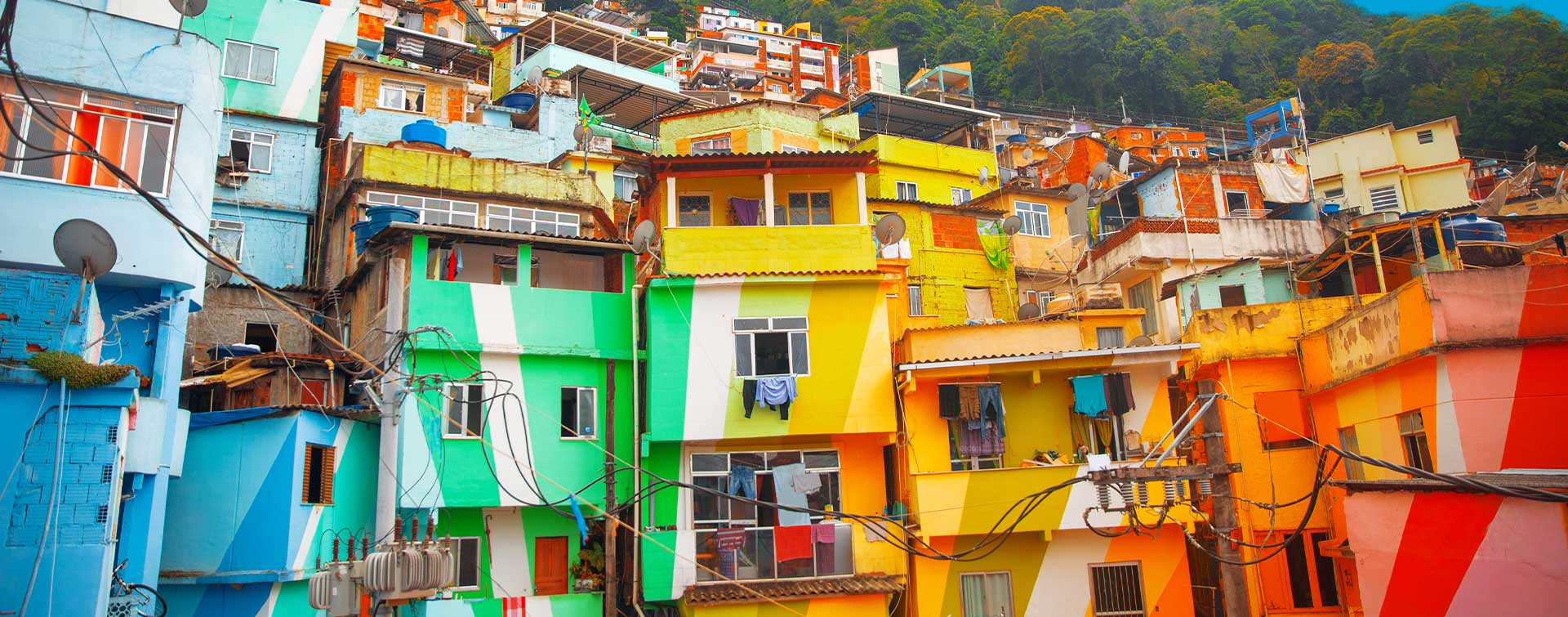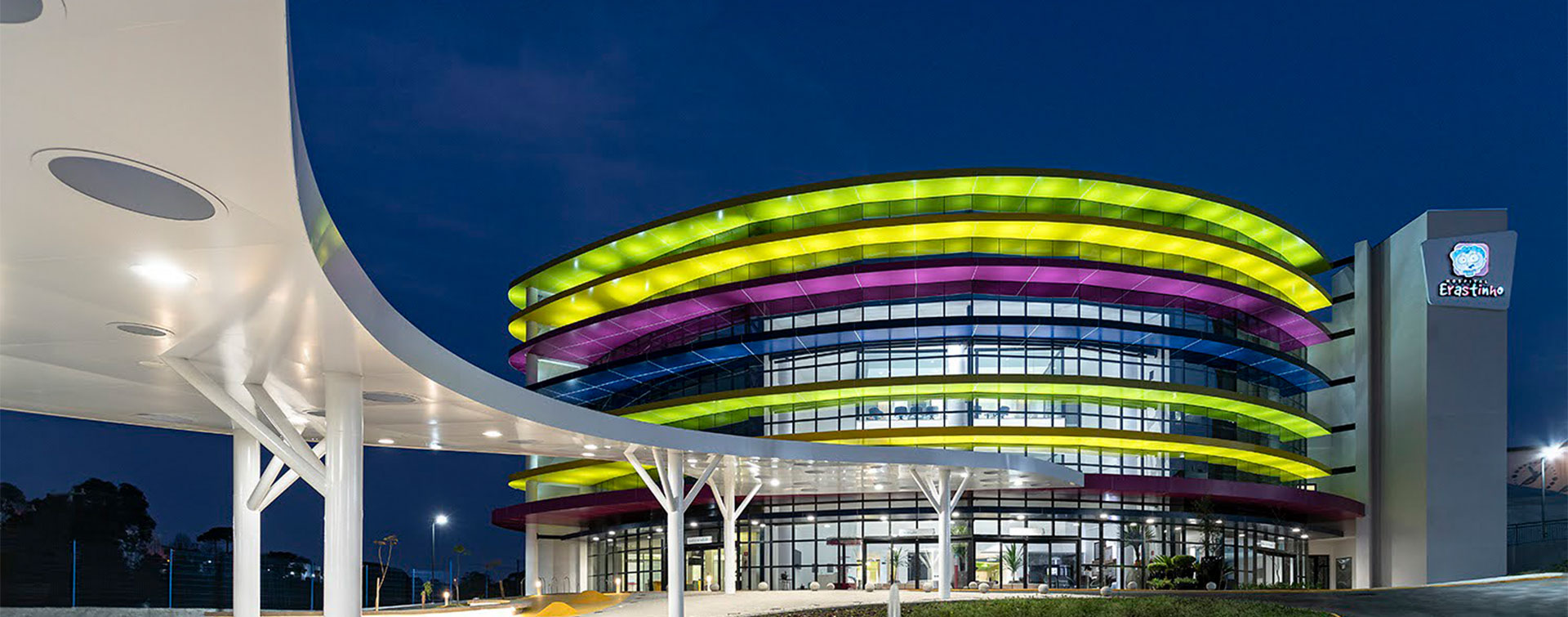 10 min
10 min
Can you explain what is covered by the ICC codes and standards?
To put it simply, the codes tell you what to do, while the standards tell you how to do it. The codes generally organize a set of standards to meet a high-level requirement.
For example, the International Energy Conservation Code defines the overall requirements for energy-saving design, but relies on standards for the performance of individual HVAC systems, fitting of insulation and so on. The codes thus incorporate hundreds of standards, some developed by ICC, some by other standards developers.
ICC has 15 model codes covering all building performance requirements. The International Building Code and the International Residential Code cover requirements for commercial buildings (including multi-family housing) and single-family housing respectively.
Other codes cover more specific requirements, such as the International Plumbing Code or the International Mechanical Code, some of which relate to the operation of buildings, while others cover specific objectives, such as the International Energy Conservation Code or the International Green Construction Code.
What does “safety” mean for the International Code Council?
We often talk about safety and security, and the two can be considered synonymous. It’s a question of protecting against hazards or threats, whether man-made or natural. The natural hazards vary and include earthquakes, forest fires, floods and hurricanes, as well as new realities such as rising sea levels, extreme heatwaves and extreme cold. All these events have a social, economic and environmental impact on populations.
Is there a link between safety and sustainability?
With the increasing frequency and intensity of disasters caused by climate change, safety and sustainability have become fully interconnected. For example, if we don’t build safe buildings capable of withstanding the hazards mentioned above, they have to be demolished, repaired or rebuilt when disasters occur. Among other impacts, this generates additional carbon emissions.
That’s why we need to look for solutions that strengthen a building’s resistance to a hazardous event, while offering sustainability benefits. The best time to integrate these solutions combining safety and sustainability is at the start of a new construction project. And otherwise, of course, at the time of renovation. These opportunities are limited, so we need to be proactive and thoughtful when we take advantage of them.
Insulation, for example, not only improves a building’s energy efficiency, but also contributes to the safety of its occupants in extreme weather conditions. If a long power outage occurs, the occupants of a well-insulated building can remain safe from heatwaves or very low temperatures.
What is the International Code Council?The foundations of the International Code Council (ICC) date back a hundred years, when major American cities such as Chicago and Baltimore wanted to protect against fire. The construction codes then became a mechanism to help US state governments develop appropriate policies, and provided a common benchmark for safety requirements.
Today, the ICC is the world’s leading source of model codes, standards and safety solutions for buildings, including product evaluation, accreditation, technology, training and certification
Do you have an example that illustrates the virtuous circle of greater sustainability and enhanced safety?
An excellent example is the Spaulding Rehabilitation Hospital in Boston (Massachusetts, USA). The owner wanted to locate the new hospital on the Boston waterfront, recognizing the importance of the natural environment in improving health outcomes. The design teams had to implement several resilience strategies to allow for the potential impact of wind and flooding caused by coastal storms.
The structure was raised above the 100-year flood level and the mechanical systems were placed on the roof to protect them from flooding. They also used high-efficiency mechanical systems, reducing operating costs and associated CO2 emissions, while extending the run-time of on-site generation systems in the event of a power cut. At the same time, the building envelope has been well insulated to reduce heating requirements and ensure longer occupancy in the event of power cuts during extreme cold events.
In addition to the benefits in terms of sustainability and resilience, this rigorous design has reduced operating costs and attracted more patients, convinced by the resulting benefits in terms of safety and comfort.
In June 2024, you organized a summit in Dubai on off-site construction, one of the solutions for reducing the carbon impact of the building sector. Does it also offer advantages in terms of safety?
Off-site construction is an answer to many of the challenges facing the construction industry, and offers a wide range of advantages. In particular, it enables materials to be used more efficiently, while supporting higher-quality, more robust structures. And it also enables destroyed homes and buildings to be replaced more quickly after a disaster. This construction method also improves working conditions and safety on building sites, as most of the work is carried out in the factory.
Faced with increasingly extreme climate hazards, the quest for greater resilience in buildings and cities is one of the challenges facing the construction sector. How can this be achieved? Through innovation? Or new standards and regulations?
Both of the above, definitely. Standards and codes really do unlock innovation. They give market innovators a direction, a framework for developing their new ideas. The ICC codes are updated every three years, to incorporate new information and technologies, and give designers and manufacturers the flexibility they need to meet the wide range of building performance requirements. We also have mechanisms to support bringing innovative products to market before they are incorporated into the model codes.
You support the internationally approved Buildings Breakthrough initiative. Why?
The Buildings Breakthrough provides international leadership on the targets to be achieved for the construction sector, and on the collaborative strategies and approaches needed to achieve the clear goal of near-zero-emission, resilient buildings as the new norm by 2030. In particular, we are working on harmonization and strategies around codes and standards, which will help us achieve these goals with the right policy tools.
The Buildings Breakthrough
In December 2023, at COP28, the governments of France and Morocco, in partnership with the UN Environment Programme, launched the Buildings Breakthrough initiative. This new effort seeks to enhance global cooperation in decarbonizing the building sector and aims to make clean technologies and sustainable solutions the most affordable, accessible, and appealing option worldwide by 2030. To date, 29 countries and the European Commission have signed on to the Buildings Breakthrough.
We can have the best strategies, the best codes and standards, and the best technologies, but they will have little impact if we don’t have effective resources and mechanisms to deploy them. This is why the ICC is leading the identification of the skills and requirements we need, the resources we currently have, the remaining gaps and how to fill them.
See also:
Game of Norms: the rules of the game in the building sector
What is the Déclaration de Chaillot?










